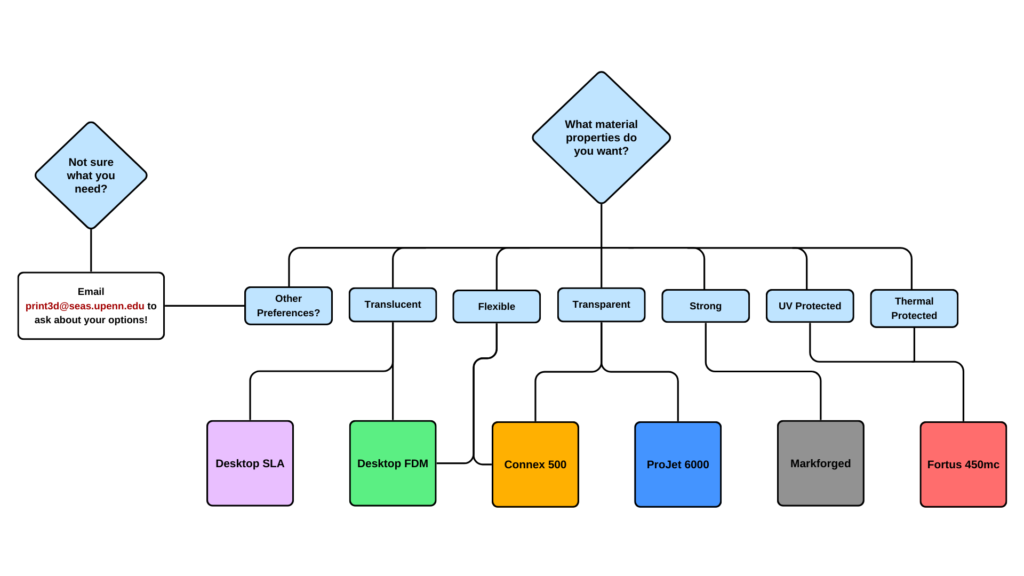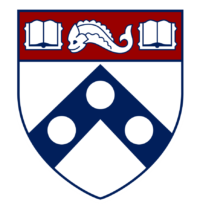Printer Overview
We are currently running six varieties of additive-layer manufacturing machines in our labs:
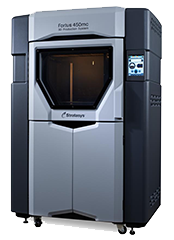
Fortus 450mc Fused-Deposition Printer: Parts are generated by extruding a thin filament of ABS, ASA, or ULTEM to create successive layers ranging from 0.005″ to 0.013″ thick. The maximum build volume is 16″ x 14″ x 16″. Our machine is traditionally set for 0.005″ in ASA. For any changes in material or resolution please allow for more lead time.

Connex 500 Photopolymer Printer: Parts are created from a photopolymer in layers 16 microns (0.0006″) thick. The maximum build volume is 500 mm x 400 mm x 200 mm (19.6″ x 15.75″ x 7.87″). The machine also allows for multiple materials within the same part, as well as blending materials to create specific discrete hardness values.
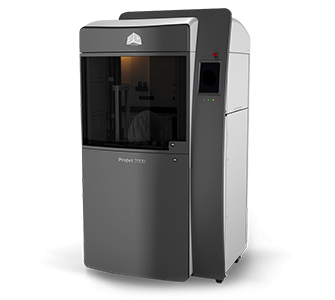
ProJet 6000 Stereolithography Printer: Parts are built by using a laser to trace part layers in a photoreactive polymer vat, causing them to harden into 0.002″ or 0.004″ thick layers. The maximum build volume is 10″ x 10″ x 10″.
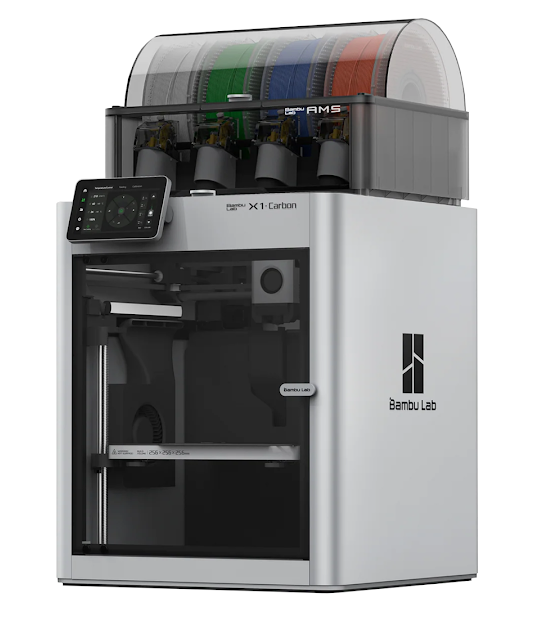
Desktop FDM: Parts are generated by extruding a thin filament of PLA, ABS, PVA, or TPU to create successive layers ranging from 0.1 mm (0.004″) to 0.4 mm (0.016″) thick. The maximum build volume is 16″ x 14″ x 16″. Our machine is traditionally set for 0.005″ in ASA. For any changes in material or resolution please allow for more lead time.
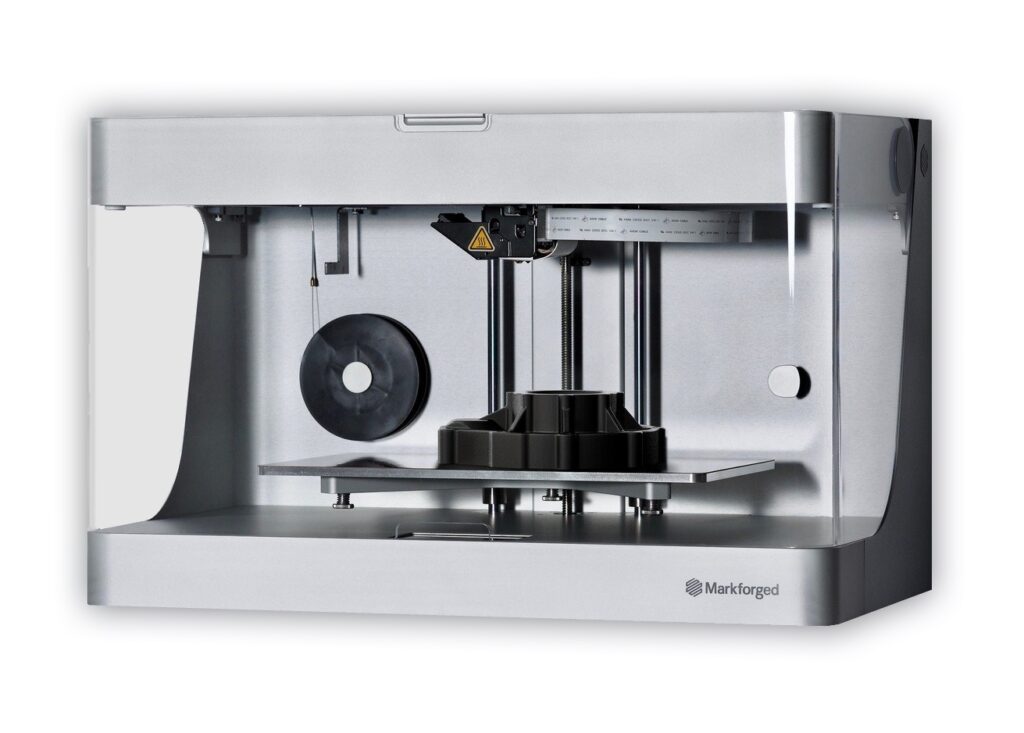
Markforged Mark Two: Parts are generated by extruding a thin filament of Onyx or PLA to create successive layers ranging from 0.1 mm (0.004″) to 0.2 mm (0.008″) thick. The Carbon Fiber, Fiberglass, or Kevlar can be used as inlaid fiber reinforcement at select layers.
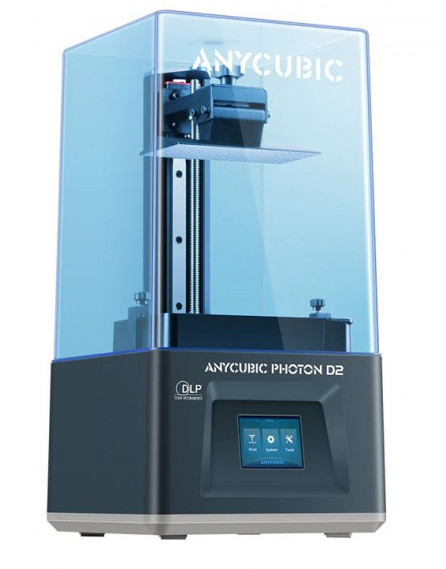
Desktop SLA: Parts are generated by projecting an image into a photoreactive polymer causing them to harden into layers that are either 50 or 100 microns. The maximum build volume is 165 mm x 131 mm x 73 mm.
3D Printing Process Comparison
| 3D Printer | Desktop FDM | Fortus 450mc | Mark Two | Connex500 | Desktop SLA | Projet 6000HD |
| Materials in Stock | PLA, ABS, PVA, TPU | Onyx, PLA, Carbon Fiber, Fiberglass, Kevlar | VeroBlack(ABS-like), VeroClear, VeroWhite, & Tango | AnyCubic Clear Resin | AccuraClearVue® (formerly Visijet® SL Clear) | |
| Layer Resolutions Available | 0.1 mm (0.004″) to 0.4 mm (0.016″), adjustable | 0.005″ (0.13 mm)0.007″ (0.18 mm) 0.010″ (0.25 mm) 0.013″ (0.33 mm) (Sometimes material dependent) | 0.1 mm (0.004″) to 0.2 mm (0.008″), adjustable | 16µ (0.0006 in.) 28µ (0.0011 in.) | 50µ (0.002″) to 100µ (0.004″), machine and material dependent | 0.002″ (0.051 mm)0.004″ (0.1 mm) |
| Separate Model and Support Material? | Not on all machines | Yes | No | Yes | No | No |
| Support Removal | Physically by operators or water soluble | ABS/ASA- NaOH DissolvedUltem- Physical Removal | Physically by operators | Physically by water jet | Physically by operators during post-processing and by Isopropyl Alcohol bath | Physically by operators during post-processing and by Isopropyl Alcohol bath |
| Maximum Build Volume | 11″ x 11″ x 11″ (machine dependent. Most machines are smaller) | 16″ x 14″ x 16″ | 320 mm x 132 mm x 154 mm (12.6″x5.2″x6″) | 500 mm x 400 mm x 200 mm (19.6″ x 15.75″ x 7.87″) | 165 mm x 131 mm x 73 mm (6.5″x5.1″x2.9″) | 10″ x 10″ x 10″ |
| Typical Support Volume (as % of original model volume) | 25% | 40% | 10% | 80% | 15% | 5% |
| Additional Benefits | Faster turn around time, more material options | Material options, large build volume | Fiber reinforcement for increased strength | Multimaterial generation, high resolution, smooth surface finish | Faster turn around time, more material options, high resolution | Optically clear material, extremely high resolution, high aspect ratio part creation |
